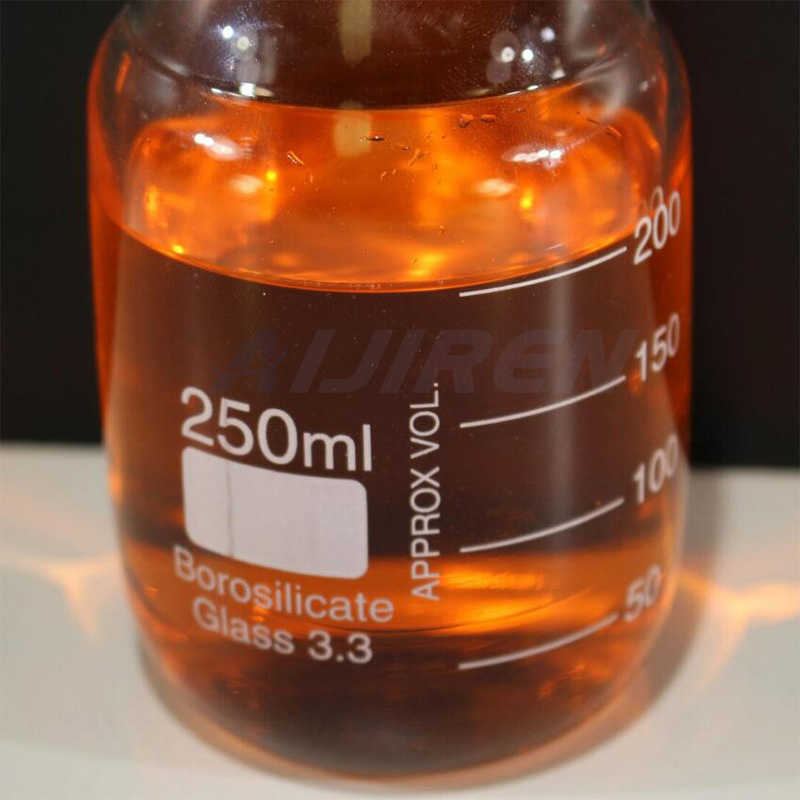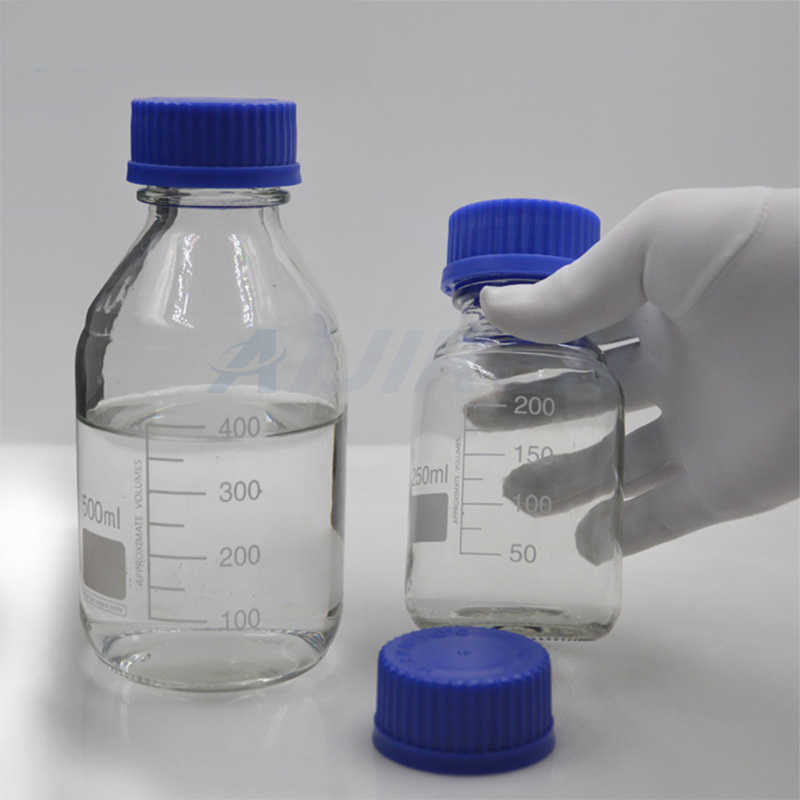Silicone septum for chemical analysis
-
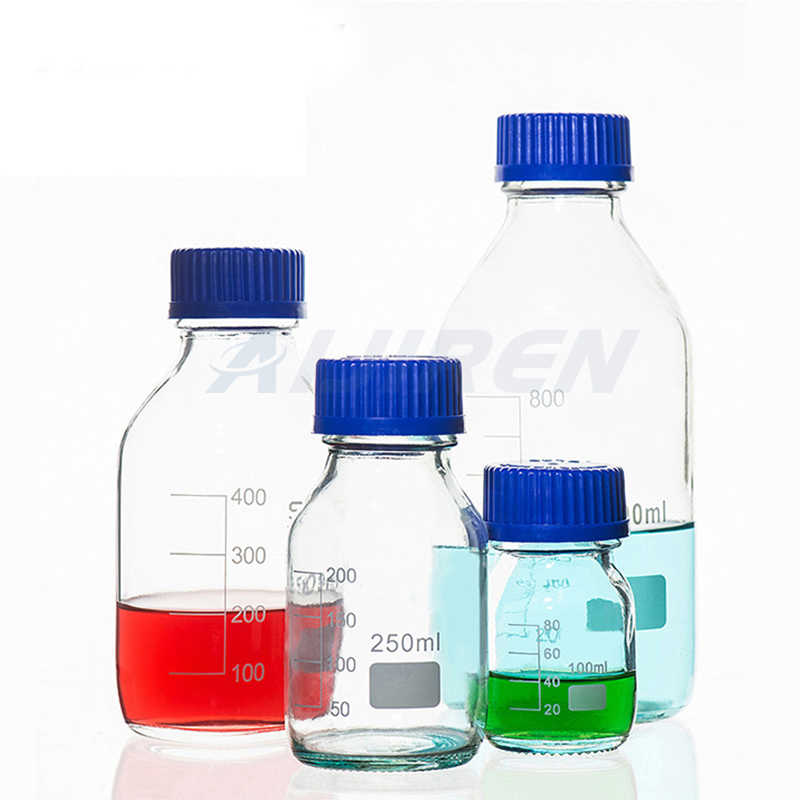
Septum Selection Guide Vials and Closures - Fisher Sci
PTFE/Silicone septa are ideal for use in most HPLC and GC applications where resealability and
Get Price -
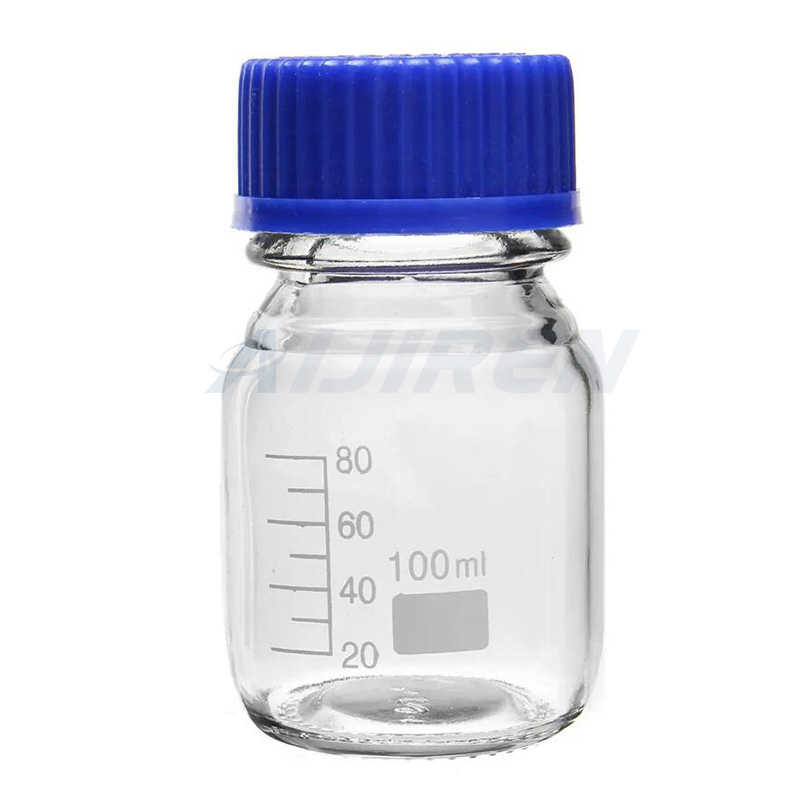
PTFE-faced silicone septum, 8 mm pack of 50 ea | Sigma-Aldrich
Z411760. PTFE-faced silicone septum, 8 mm. View Price and Availability. Sigma-Aldrich. Z411752. PTFE-faced silicone septum, 32 mm. View Price and Availability. Sigma-Aldrich. Z411752.
Get Price -
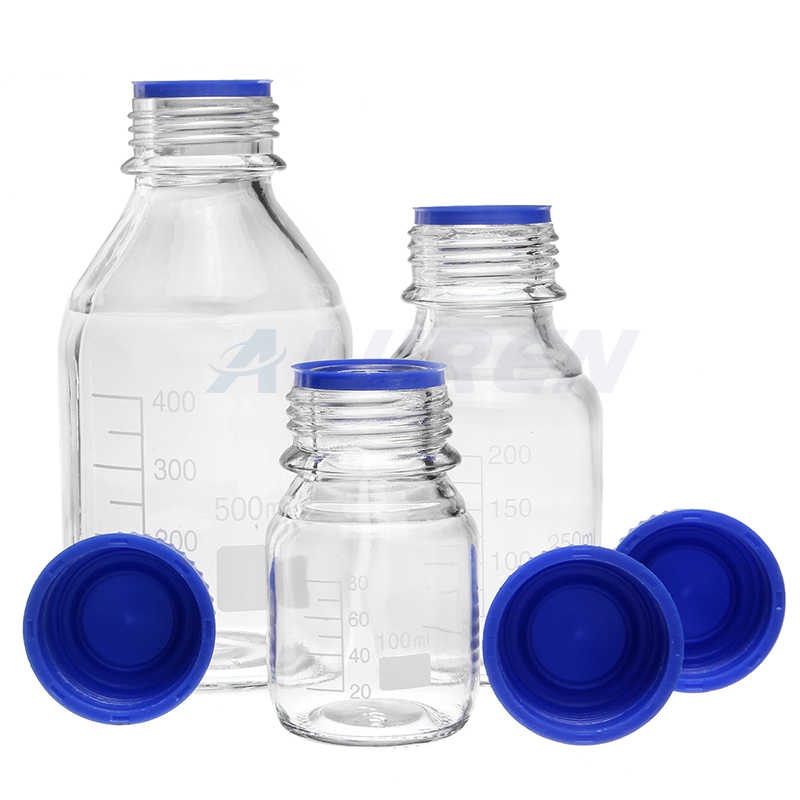
Sample handling solutions - INTERCHIM
and shares most of the physical and chemical characteristics . The septum is provided with a thin 0 .005” PTFE layer laminated to highly pure silicone, and slit through the center for easier needle penetration and to release the vacuum that forms when a large volume of sample is withdrawn from a vial . This septum provides
Get Price -
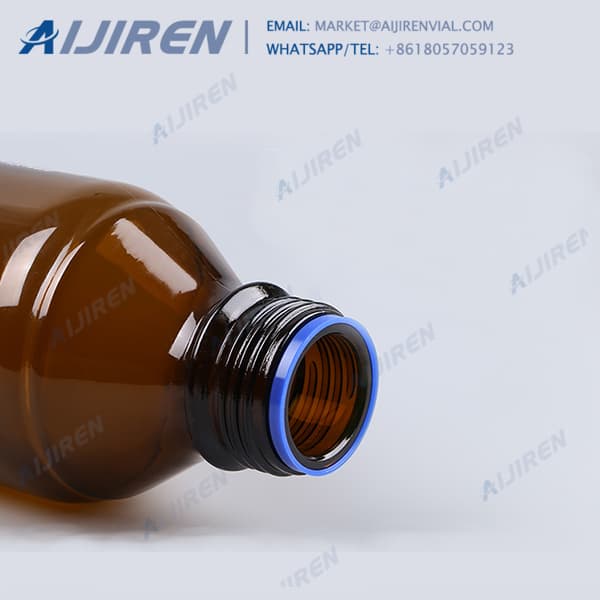
Septa selection guide
PTFE/Silicone septa are ideal for use in most HPLC and GC applications where resealability and purity are critical. Pre-slit PTFE/silicone septa Pre-slit septa are offered in many of the same formulations as for non-slit PTFE/silicone septa and shares most of the physical and chemical characteristics. The septum is provided with a thin 0.005”
Get Price -

Thermo Scientific™ 8mm Autosampler Vial Septa - Fisher Sci
Description. Thermo Scientific™ Septa for 8-425 Screw Thread Caps are constructed of PTFE, PTFE/rubber, or PTFE/silicone to suit a variety of HPLC, GC and IC applications. Choose from Thermo Scientific™, Thermo Scientific™ National™, and Thermo Scientific™ Chromacol™ brands. PTFE Disk septa are chemically inert.
Get Price -

NovaSeptum ® GO Accurate Volume Syringe Sampling System
Millipore. E464. NovaSeptum ® GO Accurate Volume Syringe Sampling System, Manifold (5-valve) View Price and Availability. material. 316 stainless steel cannula, polycarbonate syringe (fluid contact layer), polyester body, silicone septum (platinum-cured), silicone syringe (medical fluid contact layer; platinum cured silicone), silicone tubing.
Get Price -
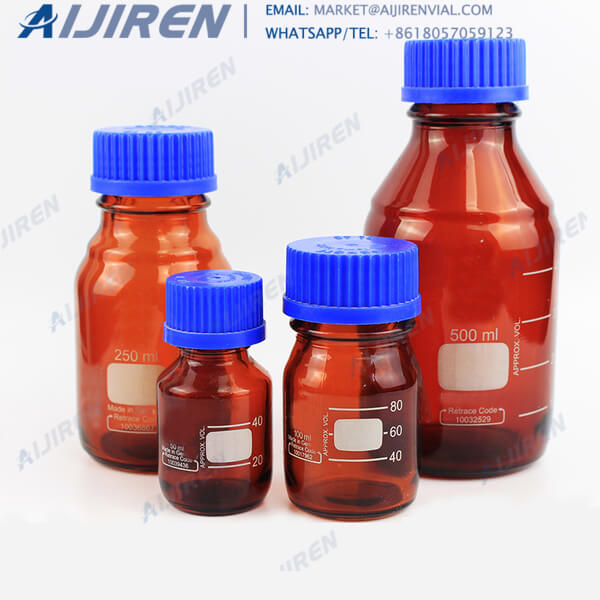
Septa Selection Tool | Thermo Fisher Scientific - UK
Rubber septa. Used primarily for routine analysis in gas chromatography. Offers moderate ability to reseal and good chemical inertness. Not recommended for multiple injections or holding samples for further analysis. PTFE is protective layer that once broken exposes rubber to chemical attack. Types of rubber septa.
Get Price -

PTFE-Silicone Septa - Spectrum Chemical Home
separately (842-22125) for use with this septum. Processed to meet EPA Performance Based Specifications for Volatile Organic Analysis. Features: • 0.125 in. thick or 0.060 in. thin PTFE-lined silicone septum, 24 mm diameter • For use with Thermo Scientific VOA vials and bottles with 24-414 open-top cap
Get Price -
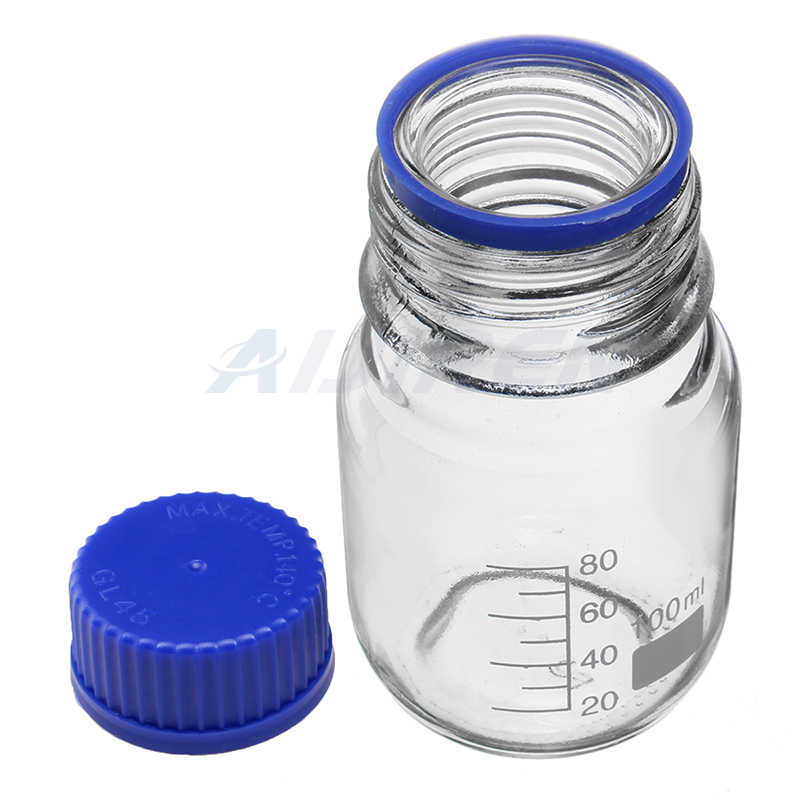
Caps & Closures | DWK Life Sciences
Choosing the right septa and closures for your analysis is critical to ensure chemical compatibility with your sample and solvents and protect sample integrity and prevent contamination. Screw and snap caps are usually made of plastic, mostly polypropylene (PP) or polyethylene (PE), whereas seals for crimp-top vials are made from aluminum.
Get Price -
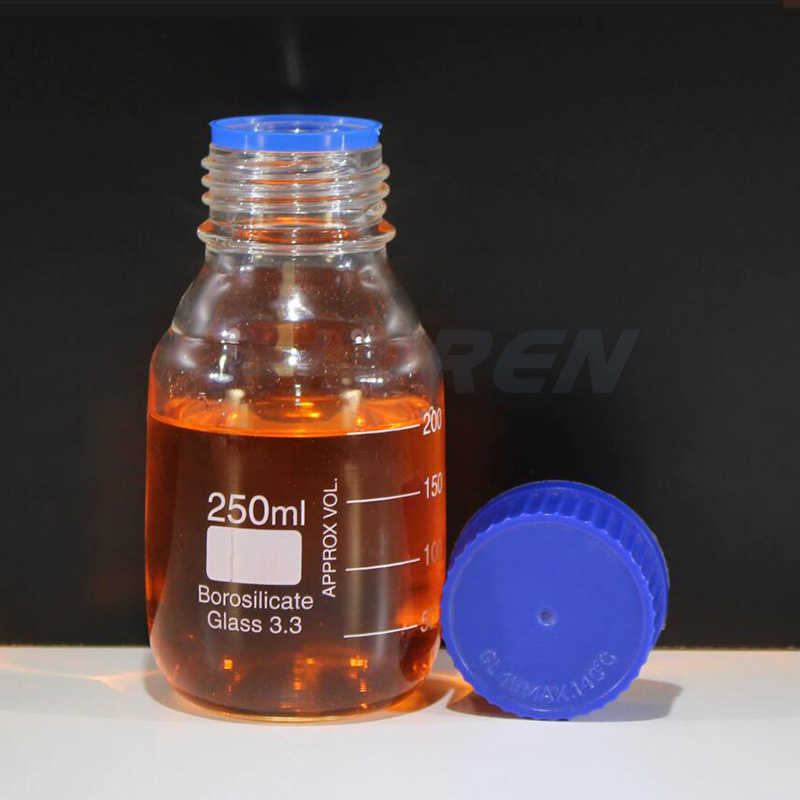
What is the reason that GC shows very high peaks of siloxane
Apparently the silicone septum doesn't withstand organic solvents very well, so better prepare a new blank for each sequence. The attached image shows the old blank (black) compared to a fresh one
Get Price -
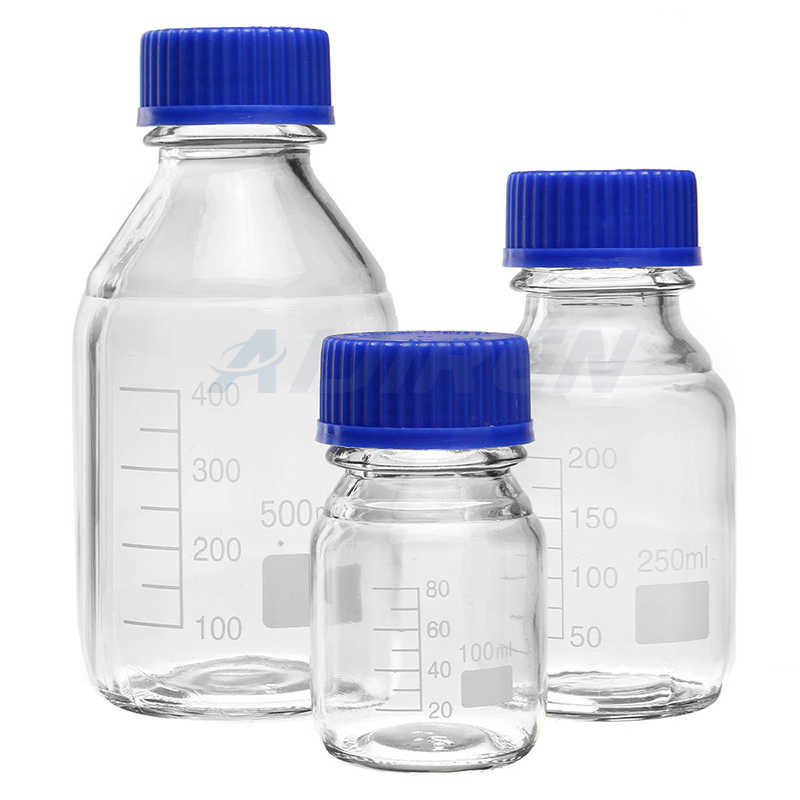
Black Cap and Preslit PTFE/Silicone Septum for TruView Vials
The PTFE/Silicone septum has proven to be excellent at resealing and is suggested for multiple injections and sample storage. With a recommended operating temperature range of -40°C to 200°C, the PTFE/Silicone septum is chemically resistant until pierced, then achieves the chemical compatibility of the silicone after being punctured, making
Get Price -
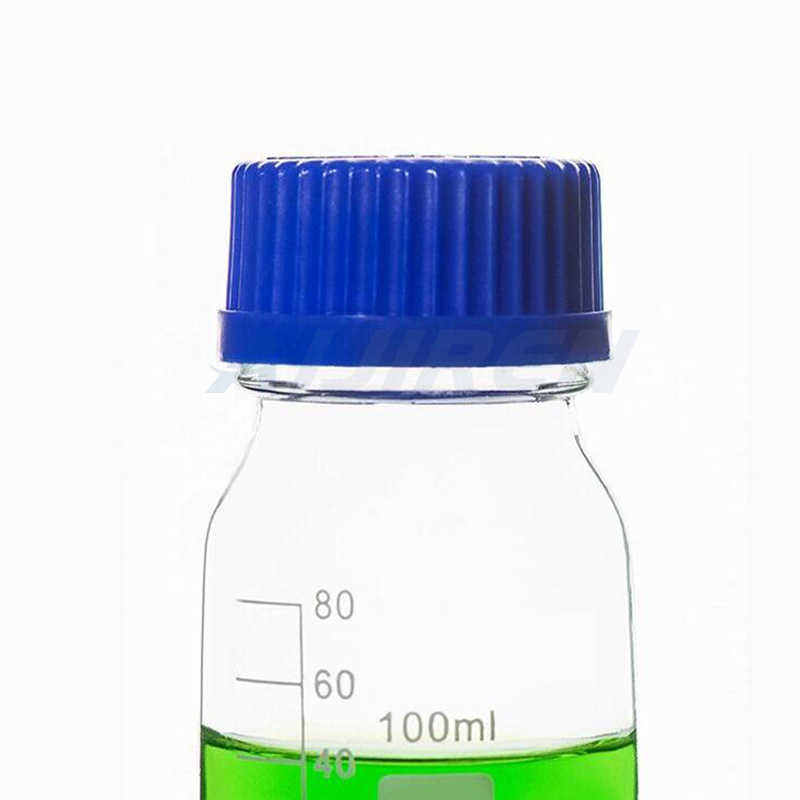
Common use ptfe septum with high quality - vial septa
PTFE/Silicone Septa: (T/S) High quality, pure silicone is laminated to 0.005” thick PTFE to give a pure, highly inert septum with excellent resealing characteristics even after repeated punctures. PTFE/Silicone septa are the preferred product for use in most HPLC and GC applications where resealability and high purity are critical.
Get Price -
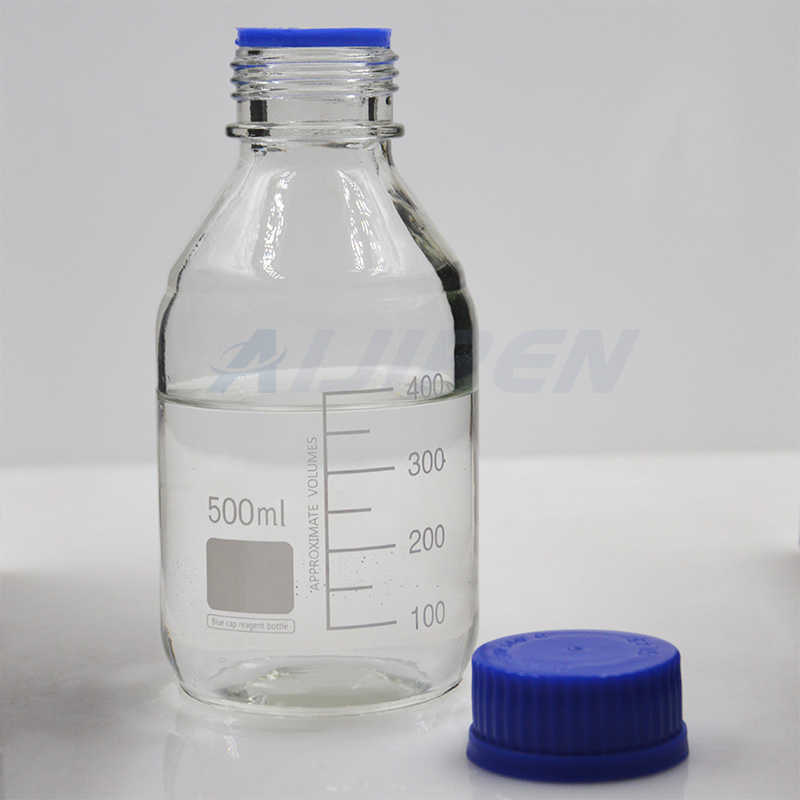
Septa Selection Tool | Thermo Fisher Scientific - IN
PTFE/silicone/PTFE – TST1, TST11. A layer of PTFE on each side of medium hardness silicone. Most resistant to coring with above average resealing characteristics. Recommended for most demanding applications such as trace analysis, longer time between injections, or for internal standards.
Get Price -
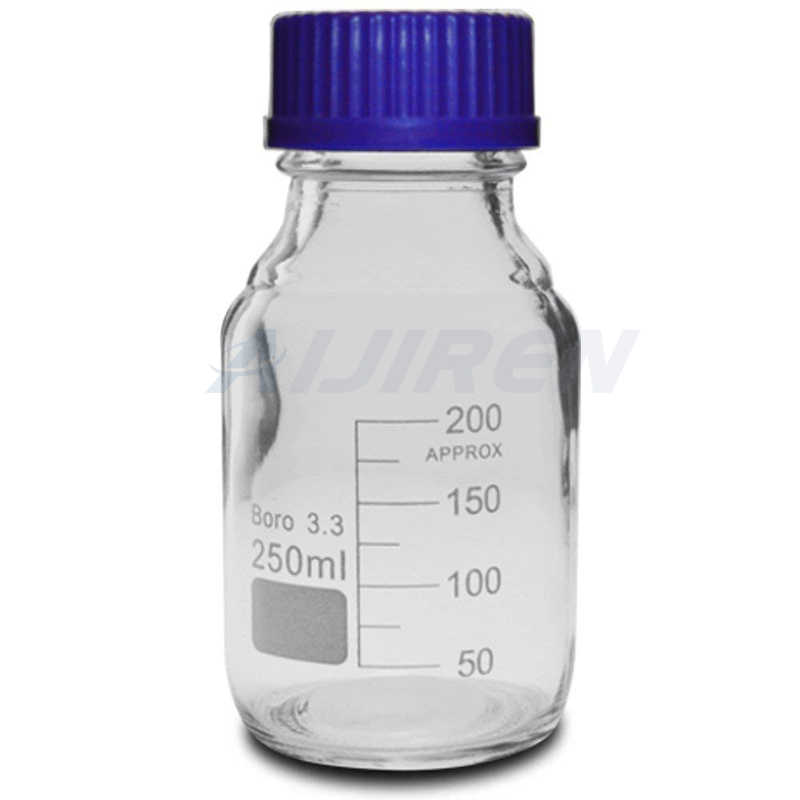
Polypropylene 12 x 32mm Screw Neck Vial - Waters Corporation
The PTFE/Silicone septum used with most Waters vials has demonstrated outstanding resealing capabilities, and it is highly recommended for use in analysis where multiple injections are required. The PTFE/Silicone septum is chemically resistant until it is punctured, and it attains the chemical compatibility of the silicone after being punctured.
Get Price -
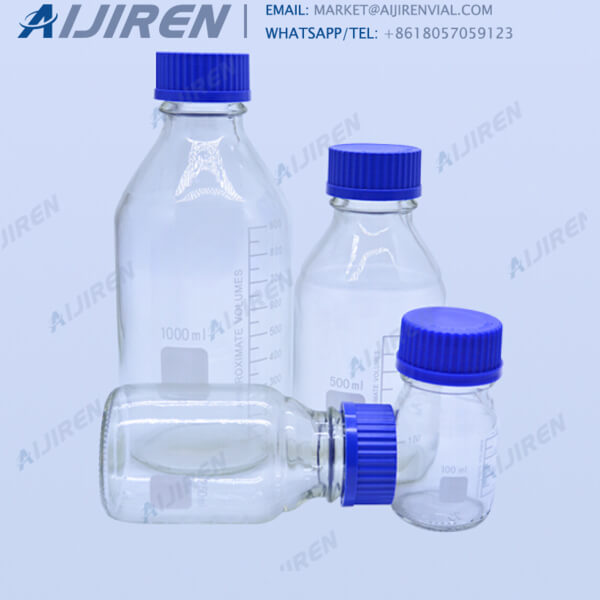
Analytical Vials - MilliporeSigma
Analytical Vials. Vials play a significant role in analytical analysis and result reproducibility. Vials must be inert and free of extractables or leachables to prevent affecting results. Using certified, application-specific, contaminant-free vials can significantly reduce risk. We offer a broad spectrum of Supelco ® products including
Get Price


